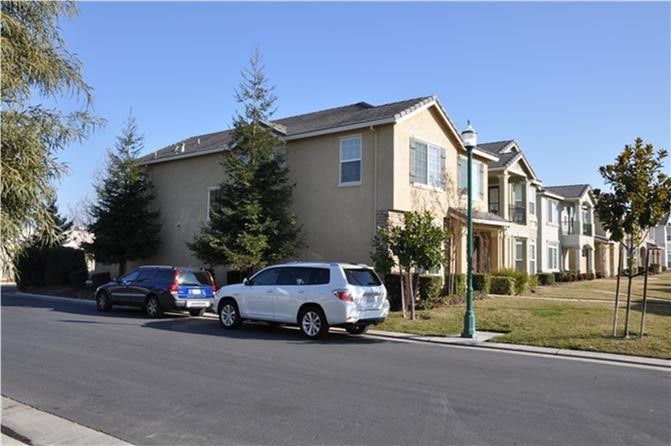 Project Title
Project Title
Central Valley Research Homes: Evaluation of Ducted and Ductless Configurations of Variable Capacity Heat Pumps
Project Number PGE 2018_3 Organization PG&E End-use HVAC Sector Residential Project Year(s) 2016 - 2018This study was a continuation of the Central Valley Research Homes (CVRH) project which began in 2012. The CVRH project converted four existing single family buildings in Stockton, California into unoccupied laboratory houses for the purpose of evaluating energy savings associated with improvements to the building shell and heating and cooling systems in residential homes. Variable capacity heat pump (VCHP) systems were evaluated in three of the laboratory houses in 2014 and 2015 (ET Project #ET14PGE8761). This 2016 study continued the VCHP evaluation and was designed to address questions raised by the prior studies:
1. Manufacturers have recommended installing ductless VCHP systems that serve only the common areas of a house, with constantly operating air transfer fans providing air distribution to bedrooms and other areas that are not directly conditioned.
a. Is this an acceptable substitute for installing ductless indoor units to directly condition every habitable space?
b. When ductless VCHP systems are installed in this configuration, how does energy use and comfort compare to ducted VCHP systems?
2. Is field installed energy performance of VCHP systems reliably predicted by the SEER and HSPF ratings, and what characteristics contribute to differences in energy use?
The 2016 study was a head-to-head comparison of ducted and ductless VCHP systems, with the VCHP systems also compared to a single speed minimum efficiency central ducted heat pump (reference system) that was monitored in the same houses in 2015. All VCHP systems were selected from a list of equipment scheduled for laboratory testing in related studies to facilitate development of laboratory test methods to more reliably represent field performance.
Results
Ductless VCHP systems serving only some areas of the house were unable to provide acceptable comfort with respect to ACCA Manual RS guidelines. Constantly operating air transfer fans improved comfort slightly, but even with the transfer fans operating temperatures in the rooms that were not directly conditioned exceeded the thermostat setpoint by amounts that are likely to be unacceptable to building occupants.
Constantly operating air transfer fans increased energy use substantially, contributing as much as 38% of total projected cooling season and 20% of heating season energy use.
Ducted VCHP systems provided comfort similar to the traditional single speed reference heat pumps.
VCHP energy performance relative to the single speed reference heat pumps did not meet expectations based on the relative SEER ratings, with monitored cooling energy use exceeding expectations by 45% or more at all three houses. Heating energy use was within 10% of expectations based on the relative HSPF ratings at two houses, and was 38% higher than expected at one house.
Key Project Takeaways
Ducted VCHP systems provide acceptable comfort and may provide energy savings relative to single speed heat pumps.
Ductless VCHP system comfort was slightly improved by the use of constantly operating air transfer fans, but in all cases still failed to meet Manual RS comfort guidelines for the majority of the time.
Constantly operating fans can substantially increase annual energy use. This includes fans that operate constantly by default in ducted VCHP indoor units.
The DOE efficiency rating metrics are not reliable predictors of the installed energy performance of VCHP systems. The current DOE test procedures override the onboard control programming and operate VCHP systems in modes that are not representative of field operation. Improved test procedures that allow variable speed systems to operate using their factory default control programming are needed to better represent installed energy performance.
